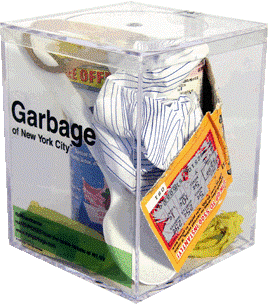Moving forward in the article I will continue in listing my advices. Follow me.

4. BE ATOMISTIC TO BECOME GENERALISTIC
Having a general outlook of your reporting needs is probably the easiest part of the job. But, knowing which is the smallest component of information that enables you to have the right detail is probably the most difficult task.
Accounting natures are only the beginning of your journey during which you will have to discover in how many parts your information will be split. A good set of data works like a molecular attraction in which many parts join together to form a relevant piece of information.
5. DELEGATE THE COLLECTION
Data collection and data entry activities have to deal with organization resistance more than you think. They are perceived as annoying routines with no specific purpose rather than making a consolidator happy. If you are not the one in charge of data collection, it could be possible that the other person you have to deal with has another job and many other things to do other than listening to your silly requests.
The result is often a set of data which is partially filled up in a way you can’t use, with a subsequent loss of time spent on the phone asking further details and explanations to fill your forms correctly.
In addition, you can’t afford the data entry activities by yourself for a number of reasons. First, you are not the man in charge of those numbers. And second, you would spend your entire working life conciliating details that you haven’t produced, ignoring their source and why they came out in this way.
6. EXPLAIN HOW AND WHY
And that’s the point. You cannot think you are the only man on Earth as well as you cannot think you are the only person inside your company who has drafted a reporting package to fill up. People need to be inspired and motivated to do their job, making sense to their actions.To do so, before starting the consolidation process you need a strong training activity, in which you will explain them who you are, what you do and why you need those data from them. In the best case, the most motivated contributors will explain you why the detail you are looking for is not the best answer to your needs. In the worst one, they will be conscious that their contribution to your business is really important.
Then you can introduce your data collection tool, which is supposed to be easy and simple. The best CPM on the market now offer the opportunity to make data entry activity directly from an Excel spreadsheet, and that’s definitely a good start, because users find this way of collecting data familiar.
Tables must be clear and must contain only the information that must be detailed. Every cell that has to be filled must be highlighted. Also, the structure of the report must be blocked to exclude the editing by the side of contributors. Excluding reports for information which don’t have material values is an automatic option you can exploit.
Stay tuned to hear the last 4 points!
(view this post also on CCH Tagetik blog)


